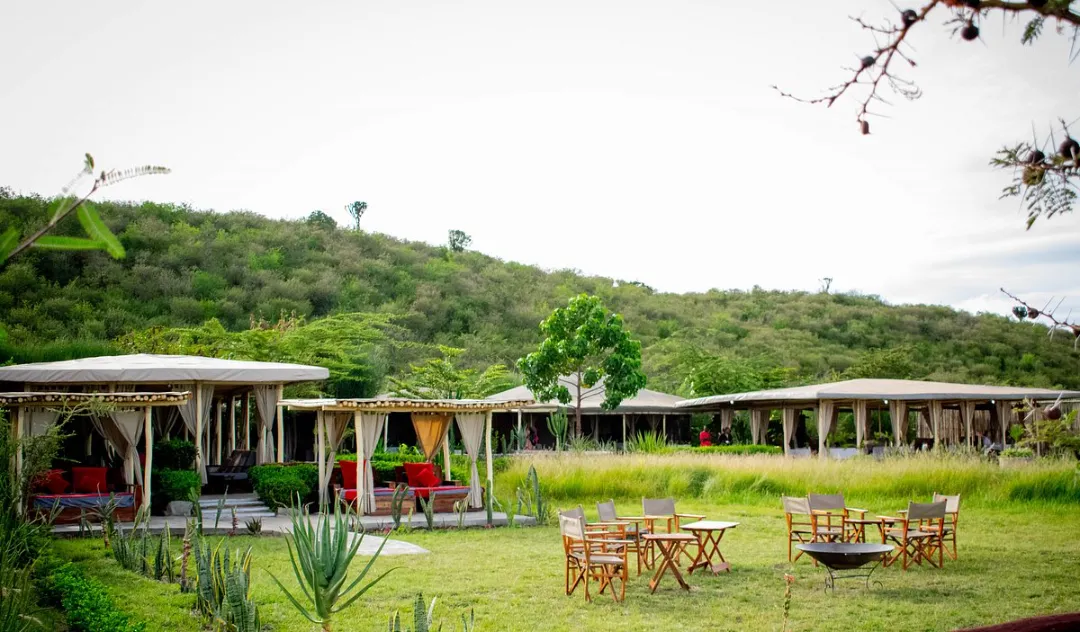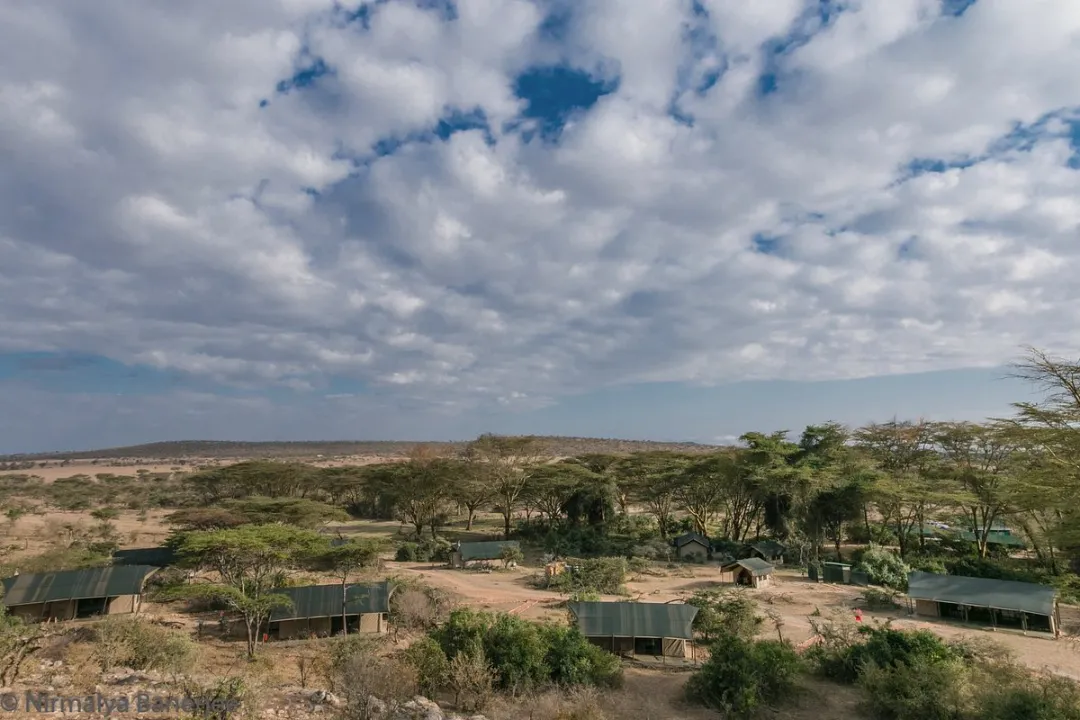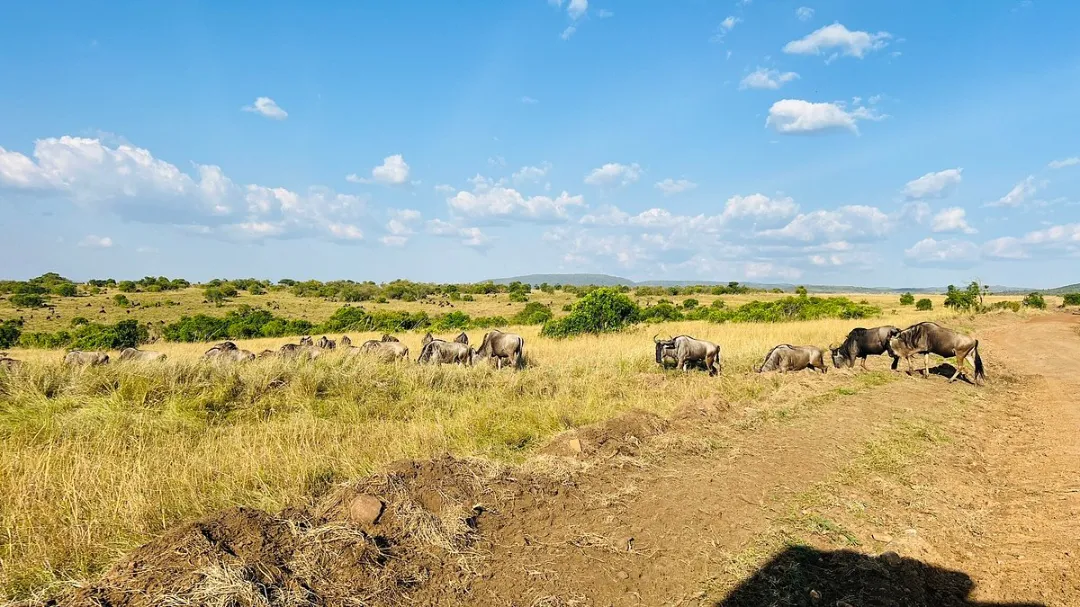How to Get to Masai Mara: Best Routes & Tips for a Smooth Journey
Curious how to get to Masai Mara? The journey starts in Nairobi (East Africa), where you can either catch a quick domestic flight or enjoy a scenic road trip to the famous game reserve. Read on for detailed routes and tips to make your adventure seamless.
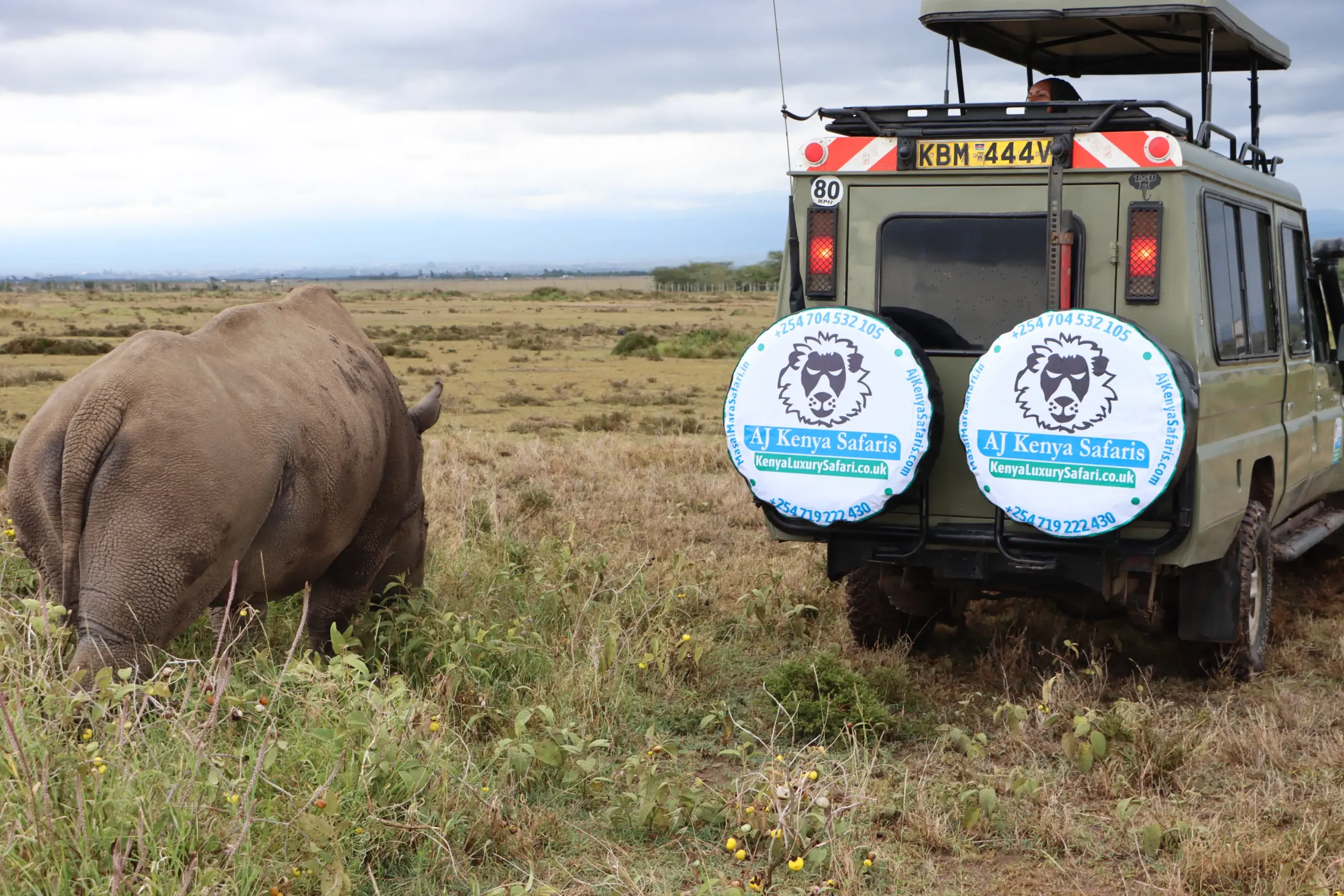
Table of Contents
Key Takeaways
Travelers can reach Masai Mara from Nairobi via domestic flights from Nairobi’s Wilson Airport or by road, with each option offering unique experiences.
The primary airstrips in Masai Mara facilitate accessibility to various parts of the reserve, crucial for tourists aiming to witness wildlife, especially during the Great Migration.
Entry fees for Maasai Mara National Reserve will increase for non-resident adults to $200 starting July 1, 2025, highlighting the importance of planning financial aspects of the trip in advance.
International Travel to Kenya
Setting off on your Masai Mara safari adventure begins with an international flight to Kenya. The primary gateway for international travelers is Jomo Kenyatta International Airport (NBO), located in the bustling capital city of Nairobi. Major airlines such as British Airways, Qatar Airways, Air France, KLM, Emirates, Kenya Airways, and Lufthansa service this airport, providing numerous international flight options for travelers from around the globe.
Once you arrive at Jomo Kenyatta International Airport, your adventure truly begins. You have two primary options for getting to Masai Mara from Nairobi: a scenic coss country drive or a quick domestic flight. Each method offers unique experiences and advantages, allowing you to customize your journey.
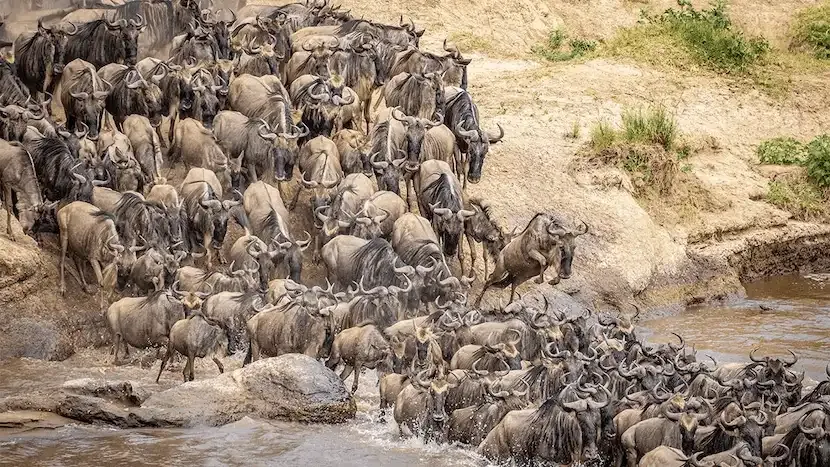
Domestic Flights to Masai Mara
For those seeking a swift transition from Nairobi to Masai Mara, domestic flights are the way to go. Nairobi Wilson Airport is the main hub for these flights, with Air Kenya, Safarilink, and Governors Aviation being the primary airlines servicing this route. The flight from Nairobi to Masai Mara typically takes about one hour, making it a quick and convenient option for travelers.
Be mindful of luggage restrictions when flying domestically. Passengers are allowed a combined total of 15 kilograms for both carry-on and checked luggage. Excess baggage fees may apply, and these charges are at the discretion of the aircraft captain. Arriving at Wilson about 45 minutes before your flight helps ensure a smooth check-in process.
Upon arriving at one of Masai Mara’s airstrips, a vehicle will be ready to transfer you to your lodge or camp, marking the beginning of your wildlife adventure. These flights typically use propeller aircraft like the DeHavilland Dash 7 and 8 models, ensuring a safe and scenic journey over Kenya’s breathtaking landscapes.
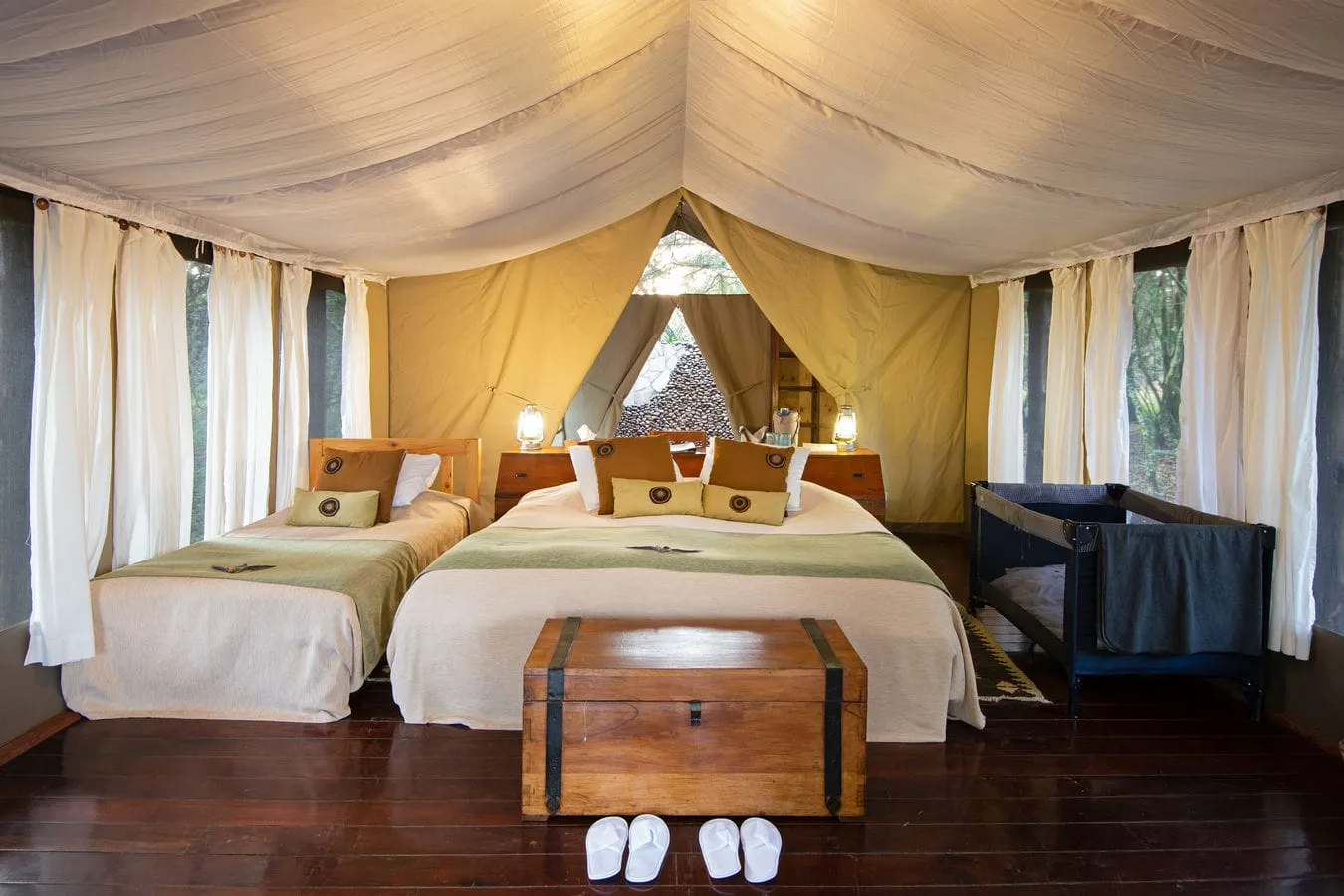
Key Airstrips in the Masai Mara National Park
Masai Mara is serviced by several key airstrips, each strategically located to offer easy access to various parts of the reserve. Mara North, Kichwa Tembo, and Ol Kiombo are among the most prominent airstrips. Keekorok Airstrip holds the distinction of being one of the oldest and busiest, centrally positioned for convenient access to the reserve’s prime game drive areas.
If witnessing the Great Migration is on your bucket list, the Mara Serena Airstrip is ideally situated near the Mara River, offering prime viewing opportunities. Ol Kiombo Airstrip serves high-end camps and lodges and is close to the Mara Triangle, ideal for those seeking luxury.
Other notable airstrips include Kichwa Tembo near the Oloololo Escarpment, perfect for a more secluded safari experience, and Ngerende and Angama, preferred by travelers looking for exclusive lodges in quieter areas. Flight times from Nairobi to these airstrips typically range from 45 minutes to one hour, ensuring a quick and comfortable journey into the heart of the African wilderness.
Road Travel from Nairobi to Masai Mara
For those who prefer a more grounded adventure, road travel from Nairobi to Masai Mara offers a scenic and immersive experience. The recommended route involves taking the A104 highway to the B3 road, then transitioning to either the C12 or C13 roads.
The road distance varies between 225 to 275 kilometers, with travel time typically taking around 5.5 to 6 hours.
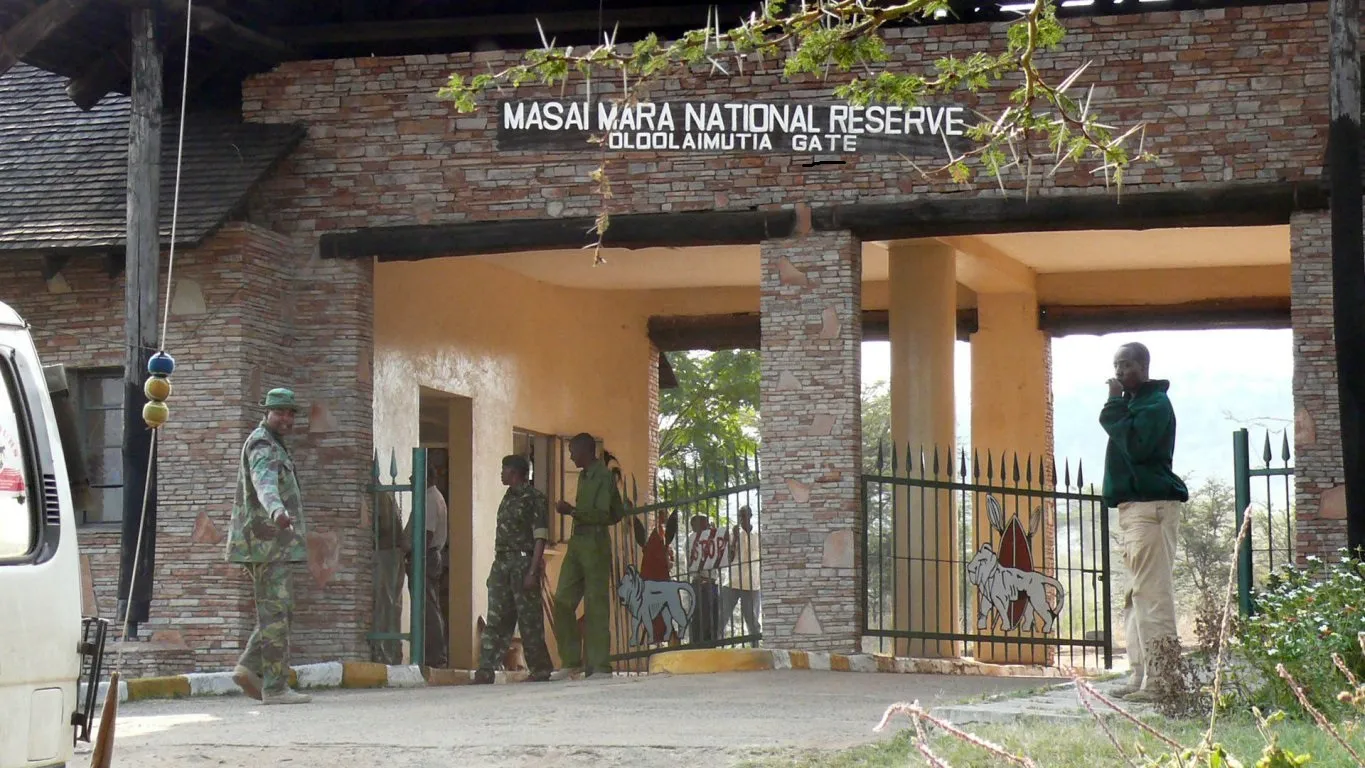
Safari Vehicles
When it comes to safari vehicles, travelers have a few options. The most common are Safari Tour Minibuses and durable 4×4 Safari Jeeps. These vehicles are designed for optimal wildlife viewing, featuring pop-up roofs and onboard cooler boxes.
These vehicles typically seat up to 7 passengers, with some accommodating a maximum of 8. Tour Vans are generally more budget-friendly, although some offer 4×4 capabilities, making them a versatile choice for different budgets.
Guided Drive-in Safaris
Drive-in safaris are a popular way to reach both the masai mara by road. This option is favored for its convenience and inclusivity, providing a hassle-free experience. Guided safaris can be tailored to various preferences and needs, ensuring a memorable adventure.
Many guided safaris feature extended itineraries. These often take travelers to other iconic Kenya destinations such as Amboseli National Park and Lake Nakuru National Park. This adds an extra layer of exploration and enjoyment, making the journey to Masai Mara even more rewarding. However, travelers should be mindful of luggage restrictions to ensure a comfortable journey for all passengers.
Self-Drive Safaris to Masai Mara
A self-drive safari offers unparalleled freedom and flexibility for the more adventurous. A 4×4 vehicle is necessary to handle the rough terrain and ensure safety. Unmarked and challenging roads within Masai Mara make reliable GPS navigation essential for self-drivers.
Fuel options are limited within the reserve; refueling in Narok or at specific stations before entering is recommended. Though challenging road conditions make it less recommended, careful planning can make a self-drive safari rewarding.
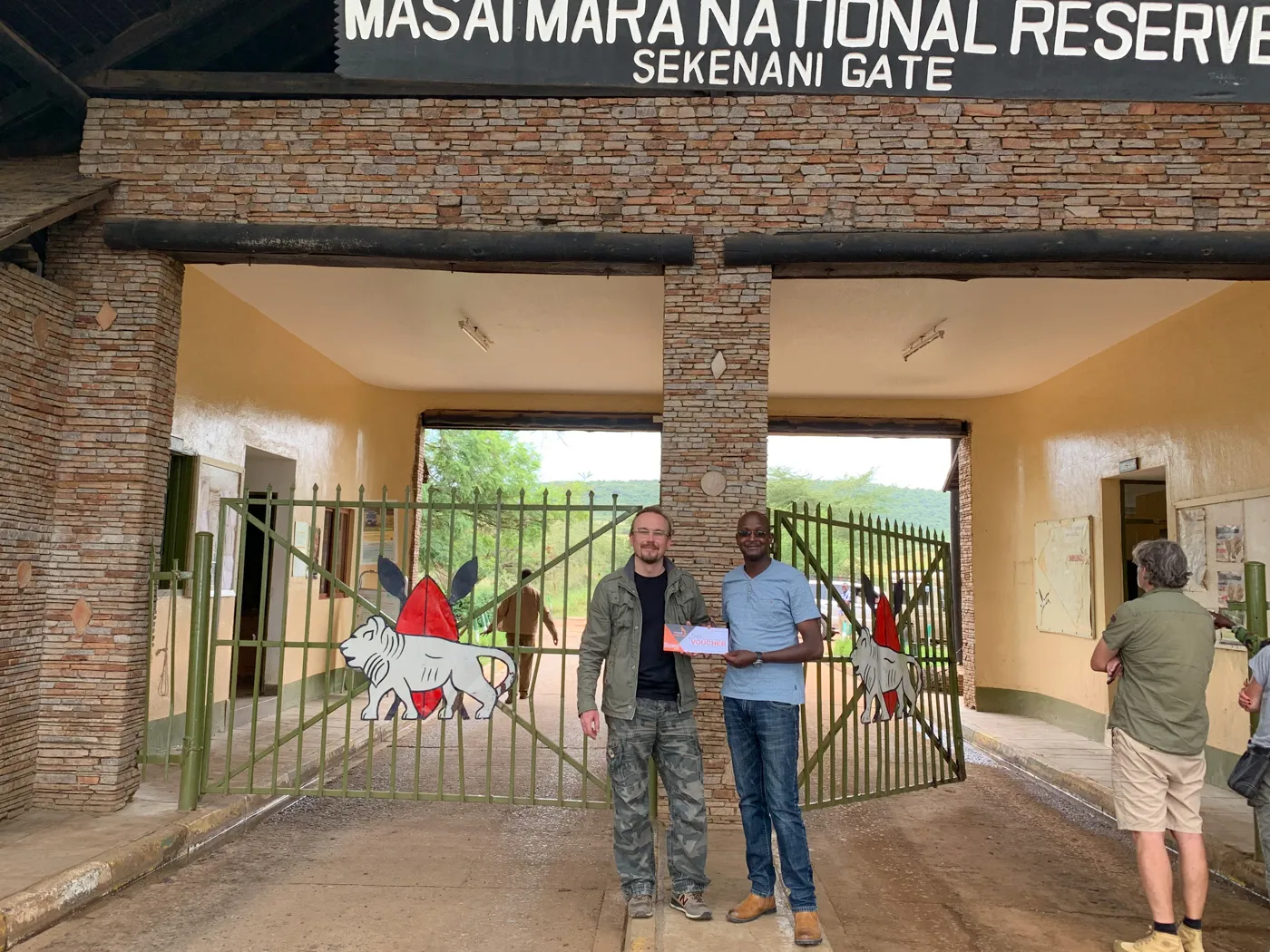
Entry Points to Masai Mara National Reserve
Five main entry gates serve the Masai Mara National Reserve and the masai mara game reserve. These are Sand River, Talek, Sekenani, Musiara, and Oloololo. Sekenani Gate, located along the main road from Narok Town, is the preferred entry point.
Talek Gate, situated near the Talek River, is one of the most developed access points, while Musiara Gate is located at the northeastern end of the reserve, close to several high-end accommodations.
Operating from 6:00 AM to 6:00 PM, the gates provide ample time to enter and explore the reserve.
Park Fees for Maasai Mara National Reserve
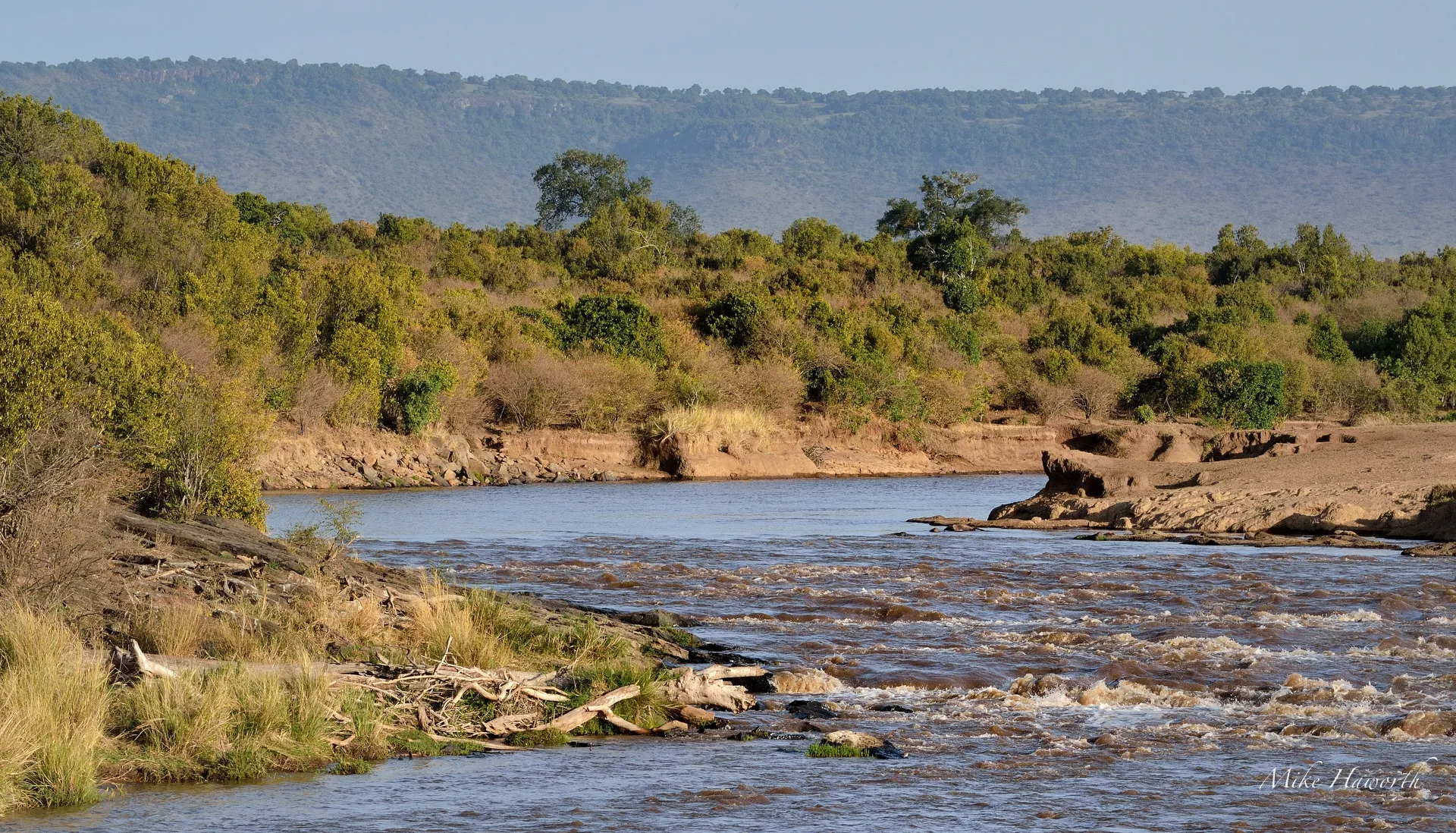
Park fees for Maasai Mara National Reserve vary by visitor category. Starting January 2025, non-resident adults are charged $100 per day, increasing to $200 from July 1, 2025. Children aged 9 to 17 are charged $50 per day, while those under 8 years old can enter for free.
The 12-hour ticket validity rule allows entry from 6 AM to 6 PM. Visitors staying outside the reserve must purchase a daily entry ticket. Exiting after 10 AM incurs additional fees.
Vehicle entry fees vary based on size, with smaller vehicles (less than 6 seats) costing Ksh 400 to enter. Camping within the reserve is allowed from 2024, provided an armed guard is hired for safety.
Traveling Between Masai Mara and Serengeti
Those looking to extend their safari to the Serengeti can travel by road or air. The Sand River Gate is rarely used due to its proximity to the closed Kenya-Tanzania border. The Bologonya border crossing is also closed indefinitely, making it impossible to cross there.
Direct flights between Masai Mara and Serengeti usually require stops at Migori Airstrip and Tarime Airstrip. These flights offer a convenient way to travel from Masai Mara to Serengeti, but schedules and timings can vary, especially during peak tourist seasons. Therefore, it’s essential to plan your Masai Mara to Serengeti journey accordingly.
For road travel, the Isebania border is commonly used, though the journey can be lengthy and uncomfortable. Alternatively, the Namanga border offers a more comfortable but longer route for crossing between the two parks.
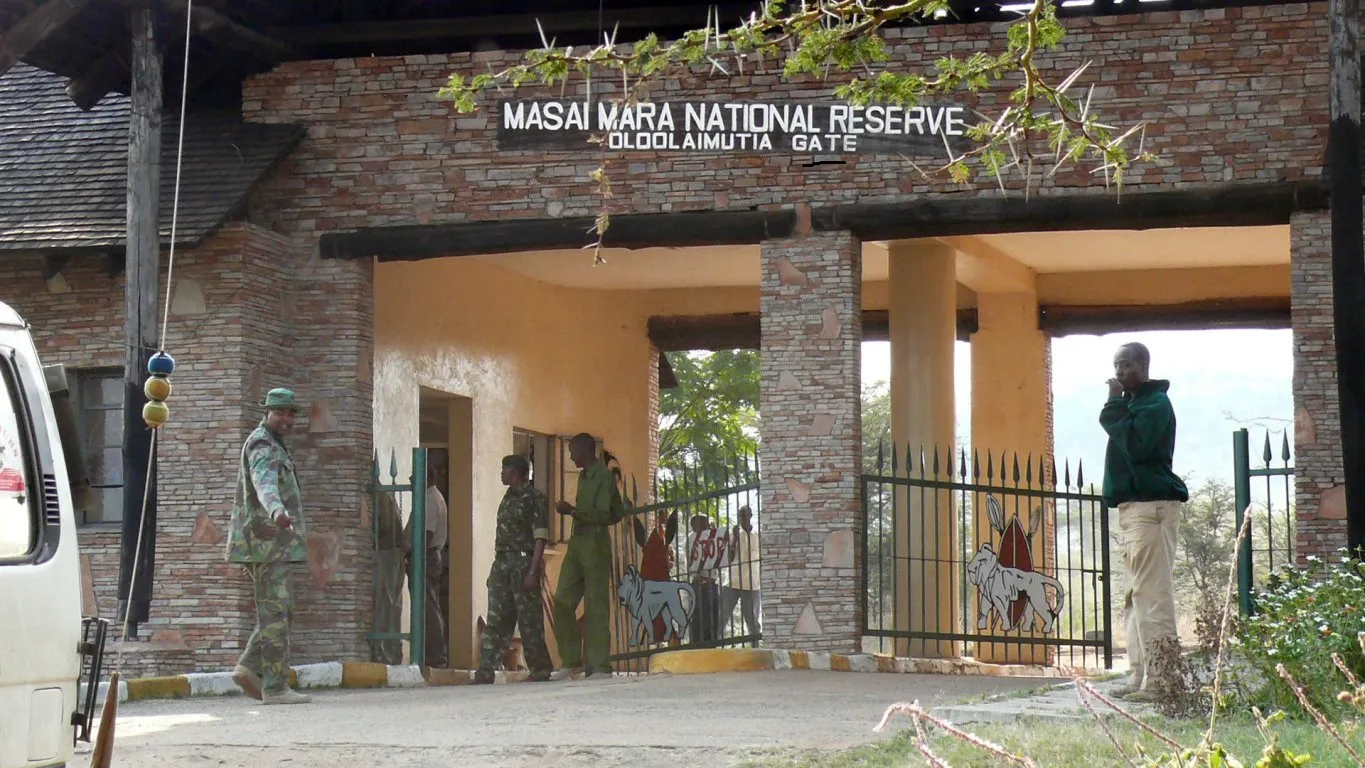
Summary
Reaching Masai Mara is an adventure in itself, with multiple routes and options tailored to suit every traveler’s needs. Whether you choose to fly or drive, the journey is filled with breathtaking landscapes and enriching experiences. Proper planning and understanding of the logistics involved ensure that your safari adventure will be smooth and unforgettable. So pack your bags, and embark on this magnificent journey to the heart of the African wilderness.
Frequently Asked Questions
What is the primary airport for international travelers visiting Masai Mara?
Jomo Kenyatta Airport (NBO) in Nairobi serves as the primary airport for international travelers visiting Masai Mara.
What are the key airstrips in Masai Mara?
The key airstrips in Masai Mara are Mara North, Kichwa Tembo, Ol Kiombo, Keekorok, Mara Serena, and Ngerende. These airstrips facilitate access to the region for visitors.
How much is the entry fee for Masai Mara National Reserve?
The entry fee for non-resident adults at Masai Mara National Reserve is currently $100 per day, which will increase to $200 starting July 1, 2025.
What vehicle is recommended for a Masai Mara Safari?
A 4×4 vehicle is recommended for a Masai Mara safari, as it is essential for navigating the rough terrain. For those seeking an adventurous road trip, this type of vehicle provides the durability and capability needed to handle the challenging paths and enhance the overall safari experience.
How can one travel between Masai Mara and Serengeti National Park?
One can travel between Masai Mara and Serengeti National Park by utilizing either road transport or domestic flights. Travelers often use designated border crossings and flight connections, such as those between Kilimanjaro International Airport and local airstrips, to facilitate the journey.
What are the accommodation options near Serengeti camps and safari lodges?
Visitors to the Serengeti can choose from a variety of accommodation options ranging from luxurious safari lodges to more rustic Serengeti camps. These facilities offer unique experiences, allowing guests to immerse themselves in the breathtaking landscapes and abundant wildlife of the region. Whether you’re seeking the comfort of a safari lodge or the authenticity of a tented camp, both options provide excellent opportunities for wildlife viewing and relaxation in the heart of the African wilderness.
More Information on Masai Mara Travel:
Welcome to AjKenya Safaris
Thanks for stopping by! We’re excited to help you plan an unforgettable safari.
- Phone: +254 748 258880
- WhatsApp: +254 748 258880
- Email: [email protected]
- Email: [email protected]

